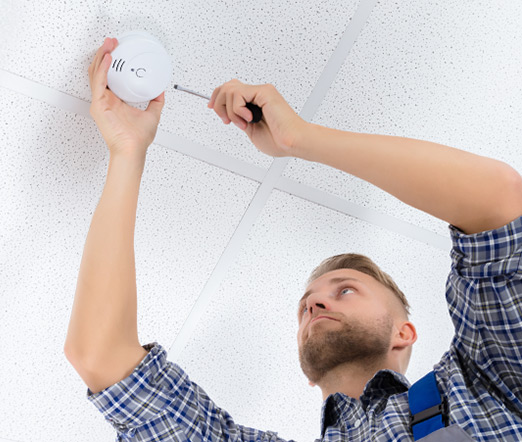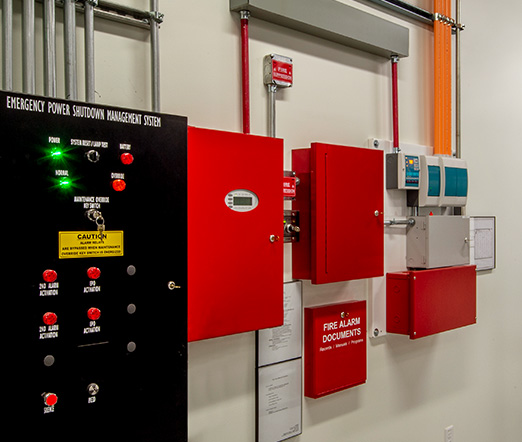Please rotate your device
Landscape mode is not supported. Please return to portrait mode for a better experience.
(Or, better yet, download our app from the APP Store!)
I hereby consent to ADI storing my credit/debit card information in an encrypted form, and expressly consent for ADI to process and charge my credit/debit card for authorized transactions. I understand that authorized transactions may include applicable shipping, taxes and other handling charges as specified on an invoice. In the event the credit/debit card provided becomes invalid, I agree to provide a new valid credit card upon request, to be charged for the balance of any payments owed. This authorization will remain in effect until ADI is notified by me to cancel this authorization.
I further understand and agree to abide by ADI's credit card policy as it relates to term payments and other purchases made with my credit/debit card on file. Any future changes made to this agreement will be communicated by ADI via email.


Fire systems are integral to any building, helping provide safety for all occupants, protecting valuable equipment and to help minimize any damage to the structure of the building itself. Whether in a commercial facility or a residence, it is crucial that all the components of a fire alarm system work together effectively to protect people's lives and to alert emergency responders as quickly as possible so they can take action.
The key components of a fire system include:
As the central hub or the brain of the fire alarm system, the fire alarm control panel monitors and manages the initiation devices. If an initiation device is triggered, it sends a signal to the control panel and the control panel activates the notification devices.
The fire alarm control panel also displays the status of the system, allows the user to see when an issue is detected, allows users to control the system manually, and it serves as the source for retrieving troubleshooting codes that communicate when the system requires attention.
Alarm initiating devices in a fire alarm system activate the system when a fire occurs. There are two types of fire alarm initiating devices:
1. Manual initiating device – These types of devices must be manually activated by a person in the building when they identify a fire emergency —they include pull stations, break glass stations or buttons. Manual initiating devices should be well marked so that they are easy to identify and use.
2. Automatic initiating devices – Through heat, flame and smoke detection, these devices trigger the alarm system automatically when a fire is detected. They send a signal to a central control panel that activates the system. Automatic initiating devices include:
When a fire alarm system receives an alert, the system needs to notify building occupants that a fire has been detected. Fire alarm notification devices include strobes, chimes, horns, signaling bells, lights, emergency message boards and speakers.
With direct wiring to the building's power supply as the main source of power, a fire alarm system also needs a backup power supply to prevent any disruption in case of a power outage. Backup power supplies are usually either 6V or 12V batteries that are linked to the control panel.
They may be located either within the control panel itself or in a separate enclosure that is mounted adjacent to the control panel. The control panel charges the backup power supply when needed and monitors its status.
Other key components that are important to a fire system include the following:
Emergency lighting and signs – In the event of a fire, people need to know exactly where to go to get out safely. Emergency lighting and signs that clearly indicate to people how to leave the premises quickly and efficiently are crucial.
Sprinkler systems – When the system detects a fire, it activates the sprinkler system to suppress or extinguish the fire.
Voice communication systems – A voice communication system gives occupants verbal commands telling them where to go and what to do during an emergency. This type of system is especially helpful in convention centers, high-rise buildings, hospitals and other high-occupancy buildings.
A fire alarm system is designed to help protect a building's infrastructure, the equipment that is housed within the building, and most importantly, to help save occupants' lives. The key components that make up a fire system all work together to help the system perform its function efficiently and effectively.



